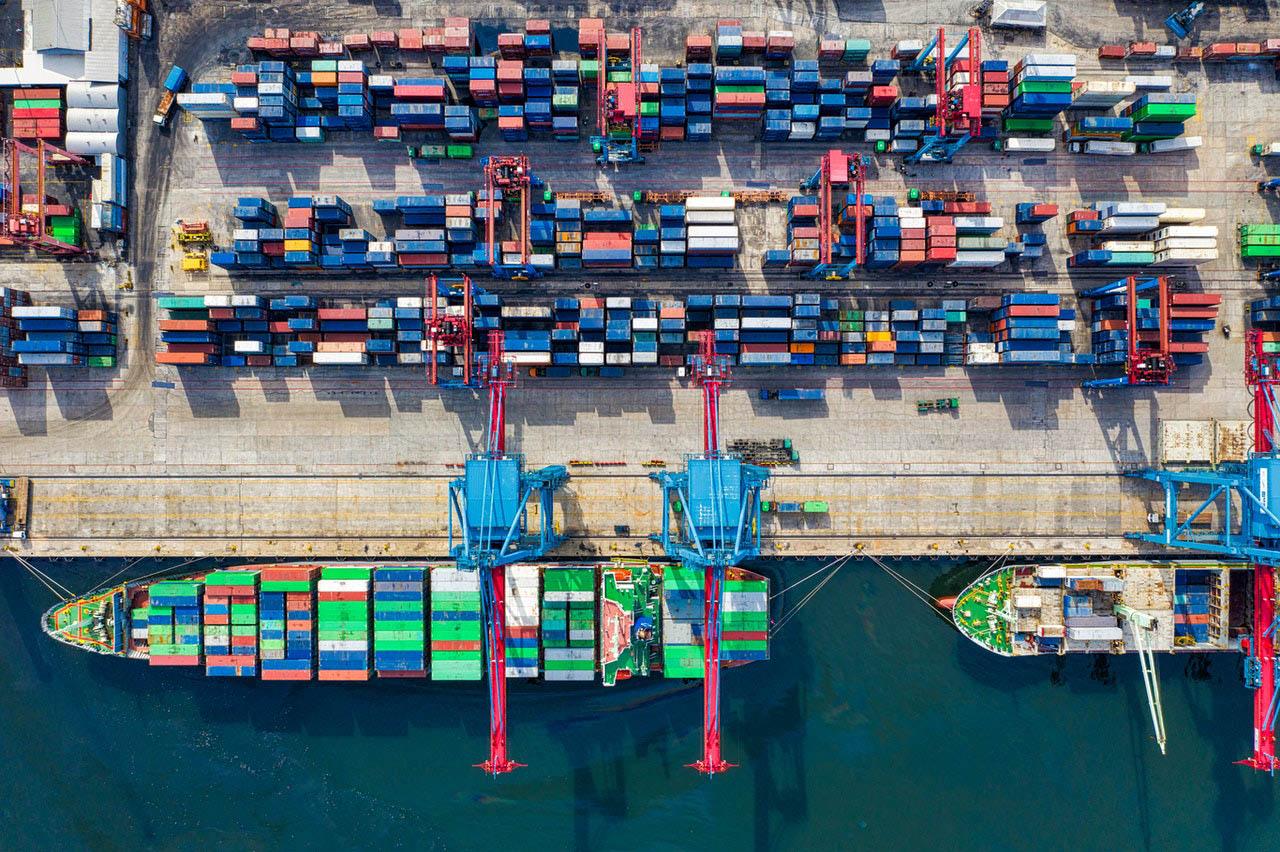 Trademark Law, like other rights, has limits. In particular, the rights of third parties or legal assets that the system also wishes to protect. Thus, in the case of trademarks, it is important to remember that it was developed within a competitive context, so it must be in harmony with other disciplines such as those of Competition Law.
Trademark Law, like other rights, has limits. In particular, the rights of third parties or legal assets that the system also wishes to protect. Thus, in the case of trademarks, it is important to remember that it was developed within a competitive context, so it must be in harmony with other disciplines such as those of Competition Law.
Parallel Imports in Decision 486
Decision 486, Supranational norm that regulates the aspects of Industrial Property for the CAN countries (Peru, Colombia, Ecuador, and Bolivia), states the following:
158. Registration of a mark shall not give the right to prevent a third party from engaging in commercial acts in relation to a product protected by the said registration after the product has been brought on to the market in any country by the owner of the registration or by another person with the owner’s consent or economically connected with him, in particular where the goods and the containers or packaging that are in direct contact with them have not been subjected to any modification, or alteration or deterioration.
For the purposes of the foregoing paragraph, it shall be understood that two persons are economically connected when one is able to exert on the other a decisive direct or indirect influence regarding the exploitation of the rights in the mark, or where a third party is able to exercise such an influence on both persons.
Article 158 is clear when stating that the exhaustion of Trademark Rights is defined at the time the product is placed on the market. From this moment, any third party may carry out commercial acts without the need to request the consent of the owner or a person authorized or financially linked to it.
Process 452-IP-2017: Preliminary Interpretation of Article 158
The Treaty establishing the Court of Justice of the Andean Community states that it is up to the Court to interpret by prejudice process the rules that make up the Community Legal System to ensure its uniform application in the territory of the member countries.
In TOYOSA S.A. vs. EXPOMOTOR, the Court interpreted article 158 indicating that parallel imports is the act legally carried out by an importer, other than the authorized representative or distributor; that is, with a legitimate brand product, but outside the official commercial chain.
In this sense, for the case of parallel imports to operate, the following requirements must be met:
- Import carried out by an importer other than the authorized representative or distributor.
- That the imported product is original.
- Although it is an original product, it is outside the official commercial chain.
- That the imported product has been acquired legally in the market of another country.
- That the product has been sold by the right holder himself, by another person with the consent of the right holder or by a person financially related to the right holder.
Thus, the parallel import has as its objective the free movement of goods and to respect Competition Law. Therefore, the trademark owner is prevented from controlling the future prices of the product, as well as the forms of commercialization.
As noted, parallel imports are a limit to Trademark Rights or their exhaustion. In order to trademark exhaustion to operate, the following requirements must be met:
- Introduction of a product protected by a trademark registration into commerce.
- That the product has been introduced into commerce in any country by the holder of the registration, a person with his consent or by a person financially linked to it.
- That the products and their containers or packaging have not undergone any type of modification, alteration, or deterioration.
Finally, the Court notes that parallel imports promote intra-brand competition, thus generating a better situation for the consumer, increasing their well-being. This assumption applies for cases of distribution contracts or exclusive licenses, avoiding the consolidation of abuse of a dominant position.
 Alejandro Castro Angulo
Alejandro Castro Angulo
Lawyer – Managing Director
